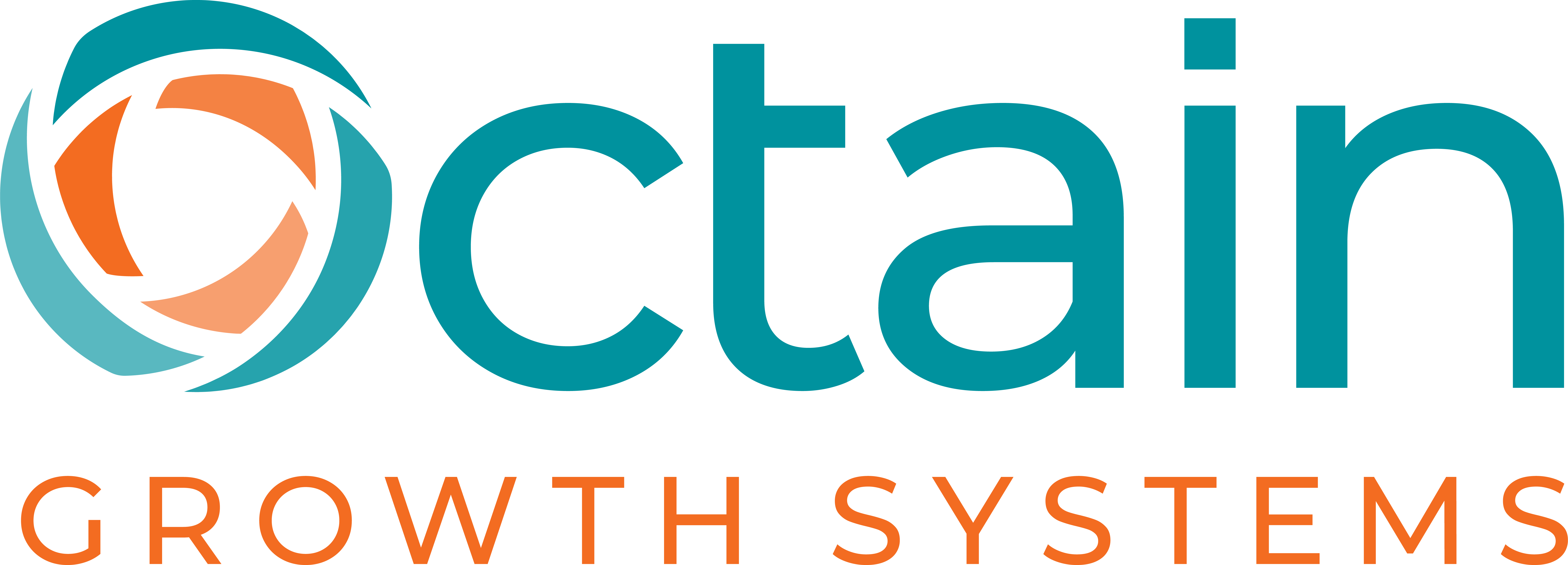Losing customers, especially a big customer, is the nightmare of every business owner. Customers leave for a variety of reasons. Sometimes despite your best efforts. And the number one reason is: something has changed. But what?
In today’s economic environment, everything is always in flux. When customers leave it is often due to one or more of these five factors.
Needs Change. The customer’s needs have changed. A startup business needs to build its inventory, systems and foundation. It requires many new services. A new office, IT support, accounting services. As the business matures, the need may change from accounting to a CPA, from an office suite to buying a commercial building. Needs change through the growth cycle.
Markets change. When the market changes, your product or service which might have been innovative becomes more of a commodity. Price advantages disappear with a new discount plan by a competitor. Or a new product offering raises the feature/benefit bar and your product no longer solves the customer’s problem as well as it once did.
Your product or service changes (or doesn’t change fast enough). In attempt to increase margins you change suppliers creating a product difference that customers don’t like so they look for a new supplier. Or your product doesn’t innovative fast enough to meet customer demand.
Your company has changed. The culture shifts. You and your team start doing things differently. Maybe it’s not so much fun anymore. Maybe you are doing it by the book instead with passion. In a service business this can have a real impact when customers who thought they had a relationship with your company now feel they are simply a transaction.
Poor service experience. This is number one reason customers leave. More than price or product quality or competitive offers. Customers leave because they don’t enjoy doing business with you now. You take too long to respond. They feel unheard, unloved, most of all unwanted.
Keep Them Happy
Keeping your customers and clients with you means keeping them happy. Here are three ways to keep a smile on their face and their dollars in your account.
Manage your internal growing pains. Notice how three of these five factors are linked to your company’s internal operations rather than your customers behavior. How you handle common growing plans like development, delivery and customer service response as you grow are critical to customer retention.
Your systems must not only handle today’s customer needs, they must be robust enough to manage the next wave of growth. Don’t wait until your delivery, production or account services team is maxed out before you add capacity or people. If you are forecasting growth, start adding when you are at 80%.
Anticipate customer shifts. Know what is going on and more importantly, what’s happening next. Staying on top of changes in your market, industry, competitive space is as important as making that next sale if you want to be prepared to serve your customers’ changing needs and wants. Without that outward focus, you risk being blindsided by a key impact change that you did not see coming.
Beyond just knowing what is happening, learn to anticipate change so you can predict what your best customers are likely to do next.
Start with your own sales records. Review these monthly or more if you are in a fast-growing industry. Consider: volume changes; order intervals, buying pattern changes, and more that lets you take a pulse of your customers’ behavior.
Know the Competition. The fastest and easiest way to get blindsided in the market is to miss what the competition is doing. Your competition is not just your direct business competitors, it is anyone or anything that your customers compare you to.
A quick start way to keep an eye on the competition is to list the other options customers and clients have. Include companies and other market options. Then set up Google Alerts to track them. Go beyond tracking company mentions and track specific product names or product/market categories. I recommend setting up a separate @gmail address for these alerts so you can check them as desired and avoid needless distractions.
Want help with any of these strategies? Contact clare@octaingrowth.com.

